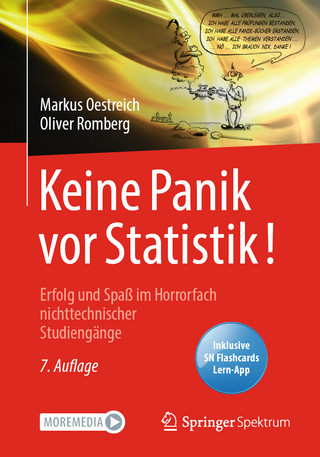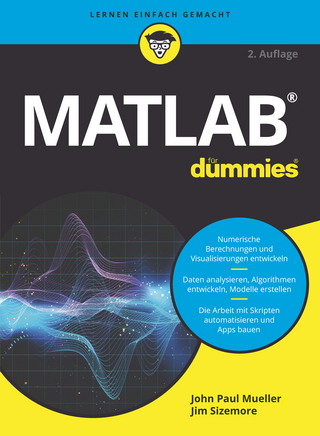Mathematical Foundations of Scientific Visualization, Computer Graphics, and Massive Data Exploration
Springer Berlin (Verlag)
978-3-540-25076-0 (ISBN)
Maximizing Adaptivity in Hierarchical Topological Models Using Cancellation Trees.- The TOPORRERY: computation and presentation of multi-resolution topology.- Isocontour based Visualization of Time-varying Scalar Fields.- DeBruijn Counting for Visualization Algorithms.- Topological Methods for Visualizing Vortical Flows.- Stability and Computation of Medial Axes - a State-of-the-Art Report.- Local Geodesic Parametrization: an Ant's Perspective.- Tensor-Fields Visualization Using a Fabric-like Texture Applied to Arbitrary Two-dimensional Surfaces.- Flow Visualization via Partial Differential Equations.- Iterative Twofold Line Integral Convolution for Texture-Based Vector Field Visualization.- Constructing 3D Elliptical Gaussians for Irregular Data.- From Sphere Packing to the Theory of Optimal Lattice Sampling.- Reducing Interpolation Artifacts by Globally Fairing Contours.- Time- and Space-efficient Error Calculation for Multiresolution Direct Volume Rendering.- Massive Data Visualization: A Survey.- Compression and Occlusion Culling for Fast Isosurface Extraction from Massive Datasets.- Volume Visualization of Multiple Alignment of Large Genomic DNA.- Model-based Visualization - Computing Perceptually Optimal Visualizations.
| Erscheint lt. Verlag | 22.6.2009 |
|---|---|
| Reihe/Serie | Mathematics and Visualization |
| Zusatzinfo | X, 350 p. 183 illus., 134 illus. in color. |
| Verlagsort | Berlin |
| Sprache | englisch |
| Maße | 155 x 235 mm |
| Gewicht | 720 g |
| Themenwelt | Mathematik / Informatik ► Informatik |
| Mathematik / Informatik ► Mathematik ► Wahrscheinlichkeit / Kombinatorik | |
| Schlagworte | 3D • algorithms • Alignment • Computer • Computergrafik • Computer Graphics • massive data exploration • Mathematical Modeling • Modeling • PDE methods • Rendering • Sets • stability • Topology • Visualisierung • Visualization |
| ISBN-10 | 3-540-25076-X / 354025076X |
| ISBN-13 | 978-3-540-25076-0 / 9783540250760 |
| Zustand | Neuware |
| Haben Sie eine Frage zum Produkt? |
aus dem Bereich




